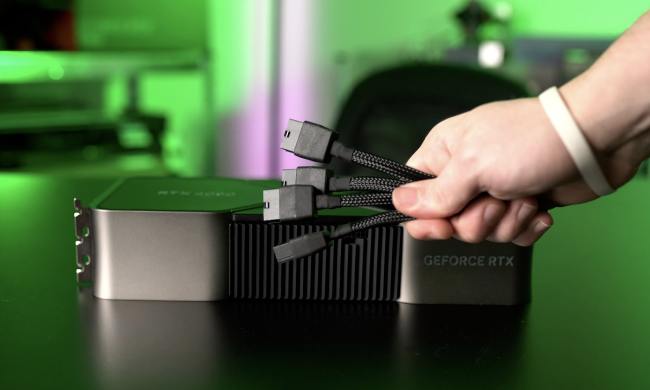To prove that point, enterprising hardware hacker and brand new YouTuber (really, he has two subscribers at the time of writing) Victor Skobov, utilized an ultrasound scanner that was built in 1982 to provide the data needed to show a floating display of his bones.
Having previously experimented with bringing augmented reality into gaming platforms like the Unity Engine, when Skobov saw the ultrasound scanner at a recent hackathon in Germany, he had to have it, and turned it into something quite amazing.
To make it happen, Skobov used his knowledge of using sensor data to bring virtual materials into a 3D world. He also leveraged the power of the Vuforia AR software created by Qualcomm, to bring the information from the ultrasound kit to a video feed. It didn’t involve much coding we’re told (as per Vice), which shows the versatility of the Vuforia system.
It’s not perfect, but considering the technology Skobov is working with was designed at a time where TVs were as big and as heavy as your average bank vault, this is a pretty impressive development, and adds another showpiece to augmented reality’s trophy case of cool tech demos.
Skobov himself believes that sensor systems could be displayed in augmented reality for surgeons and doctors, letting them keep a better eye on vital signs without having to resort to traditional displays, which are constrained by their physical dimensions.



